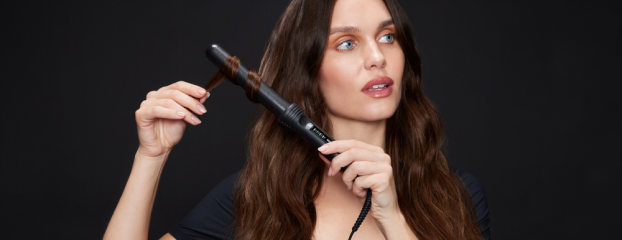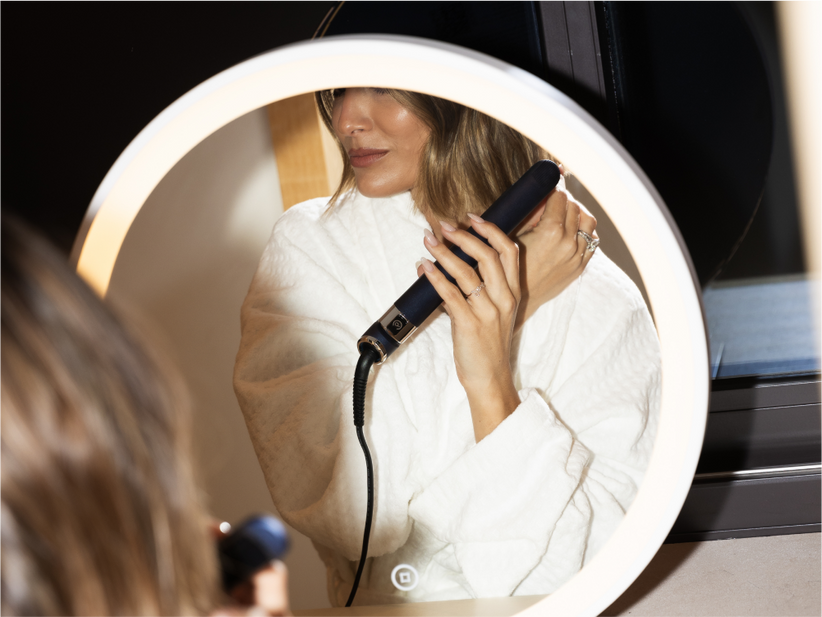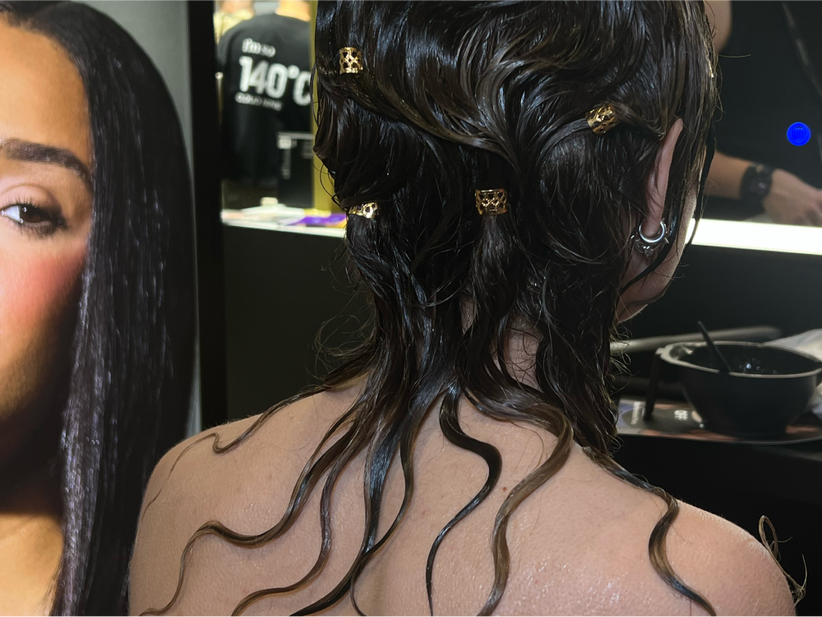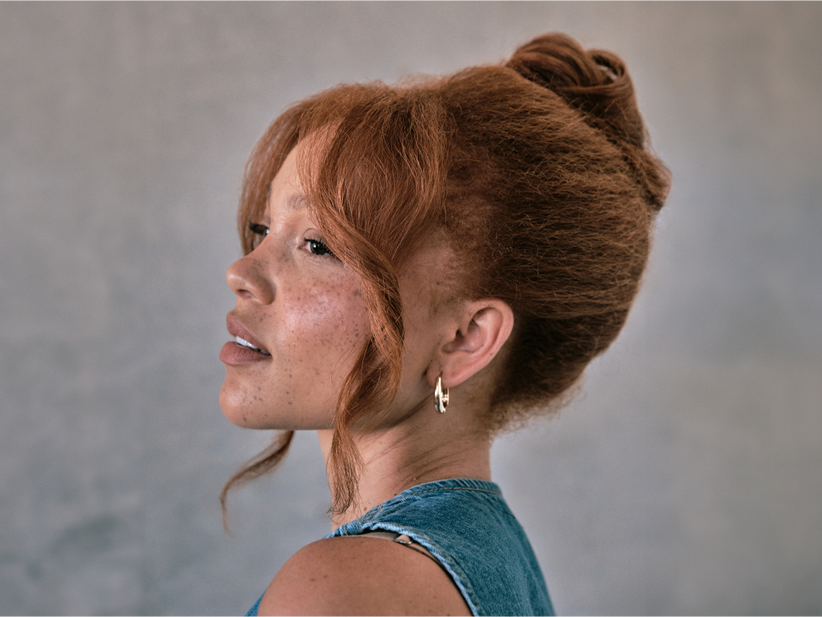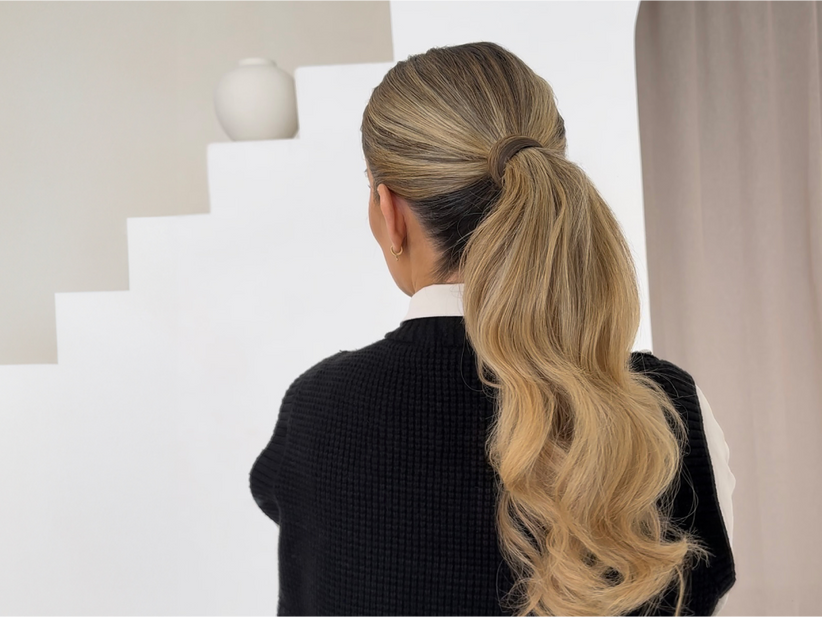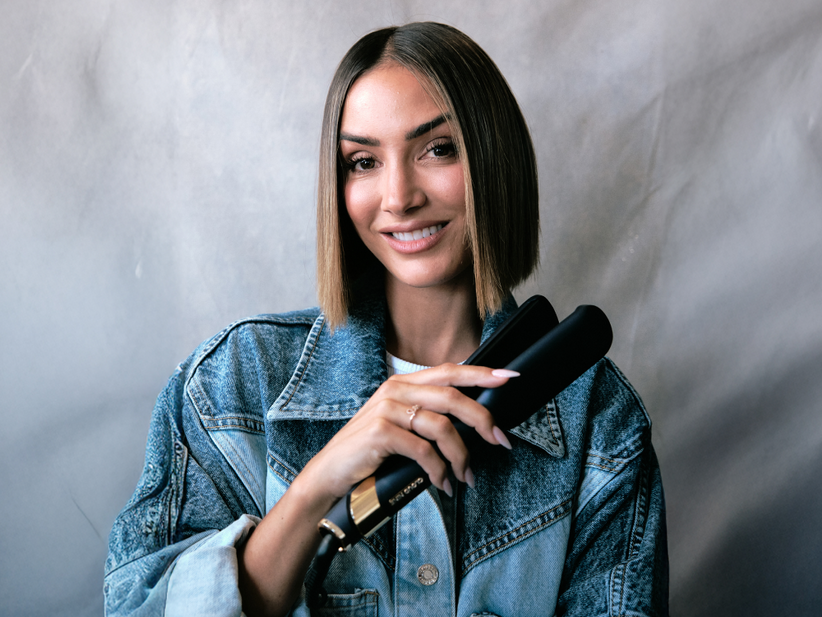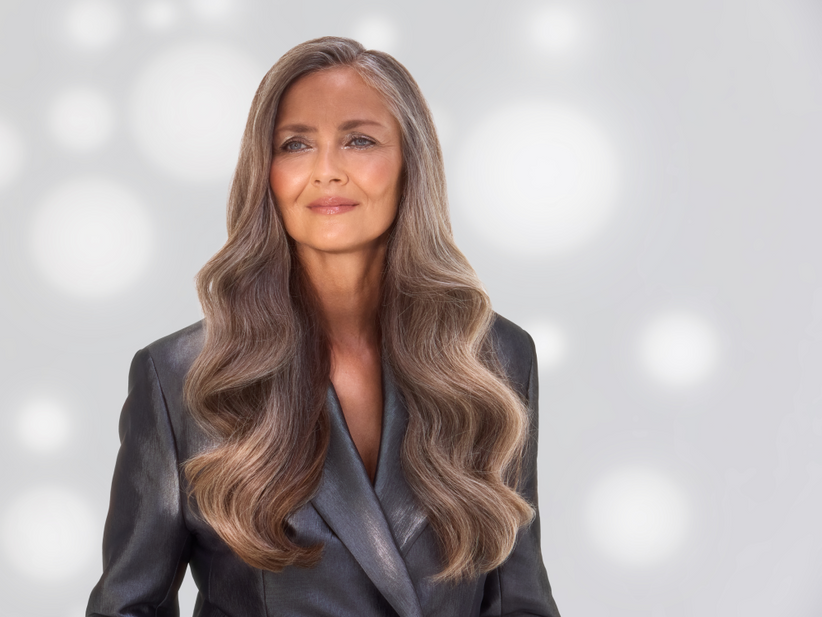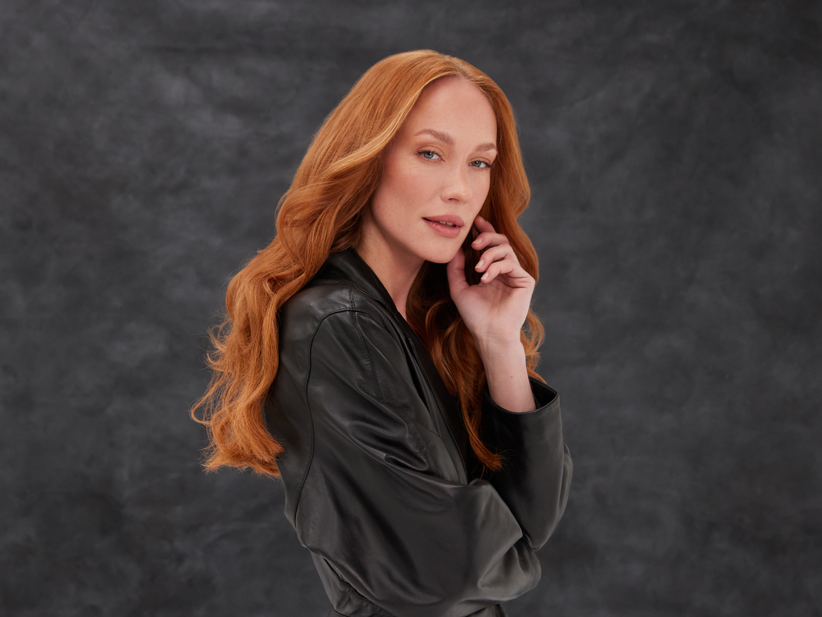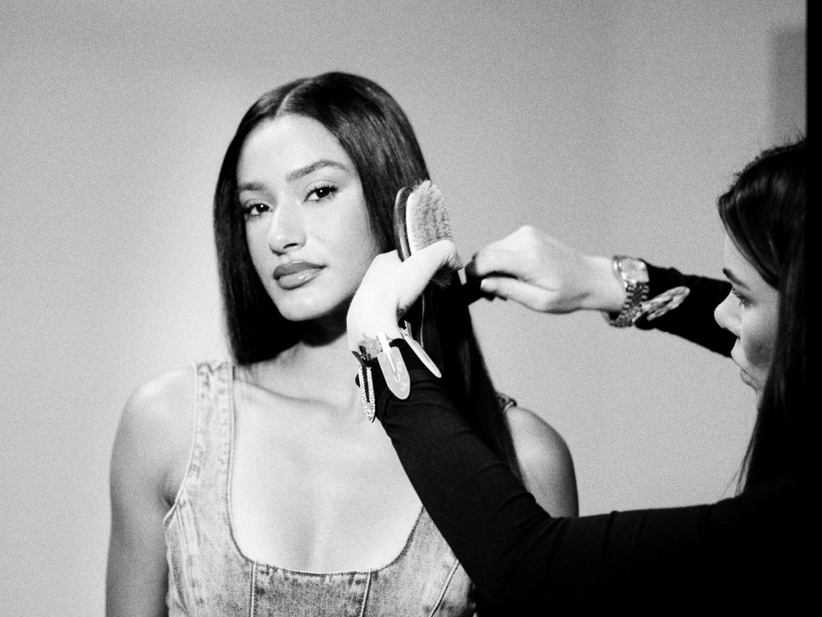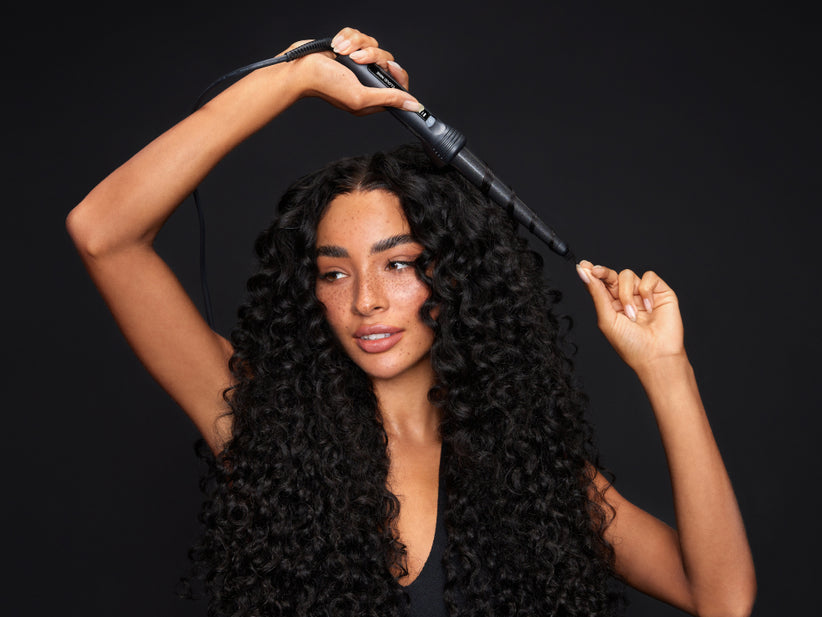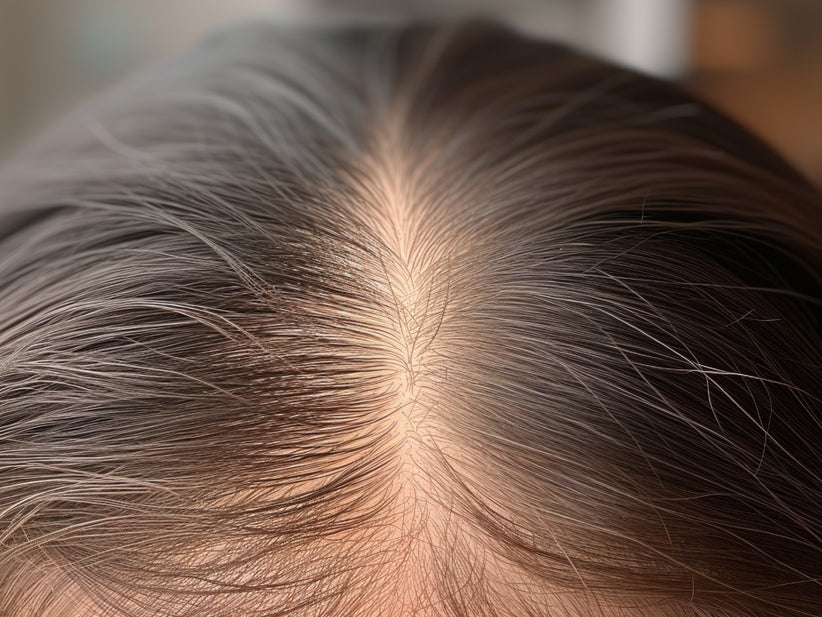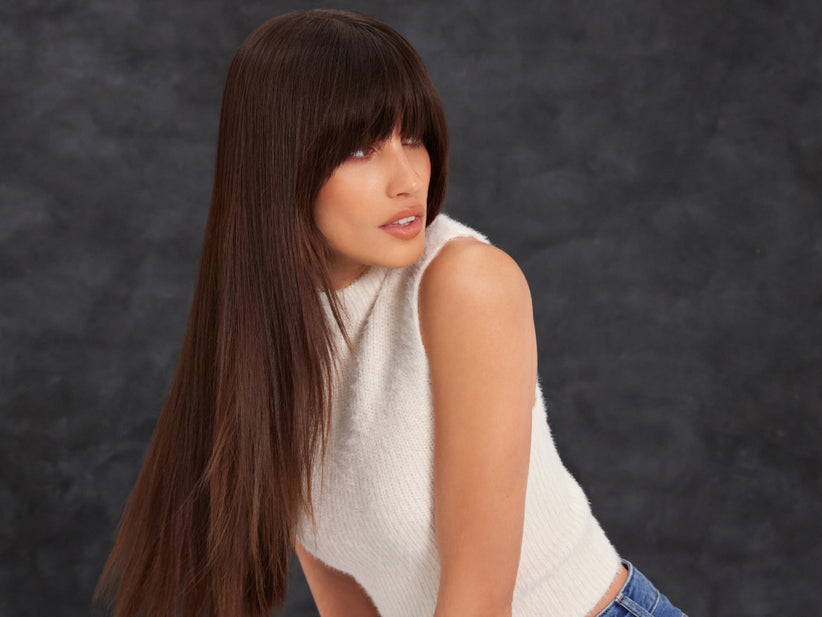As an experienced hairstylist, you come across countless different hair types every day. People put their faith in you to bring their dream haircut to life, but sometimes, your clients need further guidance on how to manage their hair types outside of the salon.
Perhaps you’ve had clients with textured hair come to you feeling uninspired and even frustrated about how to style their hair. That’s exactly where you can come in to provide the confidence they need to embrace their natural hair – kinks and all.
There’s a lot of misinformation regarding what ‘textured hair’ actually is, forming a confusing grey area shared between hairstylists. While textured hair has a bad rap for being hard to manage, we’re here to set the record straight. Just like with all hair types, textured hair simply requires the right care and styling to feel ‘manageable’. In this textured hair guide, we’ll go through a refresher to help you guide your approach to helping your clients feel truly unstoppable.
UNDERSTANDING TEXTURED HAIR
There’s a big difference between ‘hair texture’ and ‘textured hair’. Technically, all hair has a texture – you could say straight hair is matt or sleek in texture, because of how it feels.
‘Textured hair’, however, is the umbrella term used to define the shape of a hair’s natural pattern. This could be a curl, coil, kink, or a wave – each of which become an ‘S’ or ‘Z’ shape, depending on the tightness or dimension. They can be subcategorised into A, B, and C.
The 3 types of textured hair
Type 2 – Waves
Wavy hair can range from fine to thick, and flows in an ‘S’ (both lowercase or uppercase) pattern. It has more shine than type 3 and 4, but less volume since it grows closer to the head.
People with this type of hair tend to struggle with ‘flatness’ as well as buildup, since the finer hair can be easily weighed down from volume-boosting products.
Type 3 – Curls
Those with type 3 curly can have both an ‘S’ or ‘Z’ shape, varying from loose to tight curls. It tends to be high volume from the roots and feels thick or coarse to touch because the cuticles don’t lay flat, which can often lead to frizz.
Breakages and dryness are a common challenge faced by people with type 3 curls, making it important to get their haircare right.
Type 4 – Coils/Kinks
Type 4 hair often has tight, springy, ‘Z’ shaped ringlets that can shrink up to 75% of their length. It has the most volume thanks to the densely packed curls, but it also tends to be frizz and tangle-prone, as well as matte in texture (less shiny).
The fragility of type 4 hair means it’s the most susceptible to breakages, which is worth keeping in mind when advising your clients’ about products.
HOW TO STYLE TEXTURED HAIR
Here’s some ways to style each type of hair, by texture and length to help your clients celebrate and embrace their textured hair.
Type 2 (wavy) long hairstyles
Air drying is usually best for type 2 long hair types, as their beautiful waves can easily be replaced with frizz once blow dried. But if you’re short on time, or want to achieve more defined waves, the CLOUD NINE Airshot Pro has a unique Variable Temperature Control to achieve fast drying results to enhance their natural pattern. Follow up with a curl defining serum or a little dab of Magical Remedy to add extra shine.
Type 2 (wavy) mid-length hairstyles
If your client’s hair reaches their shoulders, they could have the perfect length to embrace their type 2 hair. After blow drying, use a curling wand to emphasise their curls for a ‘beachy’ effect, and lock it in with a nourishing (again, lightweight) hair oil. Since their hair is delicate, it’s important to dial down the heat. The CLOUD NINE Textured Wand is ideal for getting the best out of natural curls. Consult our Temperature Calculator to ensure you match the heat setting of your curling wand to your client’s hair type.
Type 2 (wavy) short hairstyles
For clients with type 2 short hair, you can emphasise their curls with a volume-enhancing, hair nourishing product or use our Slim Iron to add more shape to their waves. As always, use a heat protectant before heat styling. The CLOUD NINE Magical Potion is the perfect heat protectant, but also keeps hair looking and feeling healthy without weighing it down – crucial for clients with wavy hair.
Type 3 (curly) long hairstyles
When it comes to products for type 3 hair, it’s important to use plenty of hydrating, frizz-fighting formulas to lock in as much moisture as possible. Apply these while the long hair is still wet, then use the Airshot Pro with the diffuser attachment to define the curls. If you need a refresher, head to our guide for how to use a diffuser.
Type 3 (curly) mid-length hairstyles
For those with mid-length hair, you could ask your client how they’d feel about experimenting with a curly fringe for a fun and cool look. Bring out the natural shine of type 3 hair by using curl-defining gels instead of oils.
Type 3 (curly) short hairstyles
There’s no need to tame type 3 curls in short hair. If anything, it’s a chance to accentuate them even more. Try using the CLOUD NINE Texture Wand for ‘touching up’ their curls to help your client embrace and celebrate their natural curls.
Type 4 (coily) long hairstyles
Sometimes, simple is best. A leave-conditioner like our Magical Remedy is all that's needed to nourish your clients corkscrew curls, so they can choose to wear them down or in a cute loose bun.
Type 4 (coily) mid-length hairstyles
Due to their breakage-prone nature, it’s important to keep type 4 black hair protected from external damage. You can do this by experimenting with twist-outs to make the most of their coils, all while keeping them nourished.
Type 4 (coily) short hairstyles
Low-maintenance haircare advice is always appreciated, and this tip will no doubt be a hit with your clients with type 4 coils. Try washing their hair with a cleansing shampoo and let their curls naturally form while air drying. Since their black hair is typically very low porosity, remember to recommend a hydrating hair mask like our Magical Remedy to mitigate dryness.
PROTECTIVE STYLES AND UPDOS FOR TEXTURED HAIR
Protective hairstyles for type 2 (wavy) hair
As type 2 hair can often be on the thinner side, remember to veer away from using too much product as this can weigh down their hair’s natural pattern. It’s best to let their waves run free (especially after your fresh cut and condition), but you could also advise them on wearing a top bun for when they want something lower maintenance. Just be sure to keep it loose to avoid pulling.
- After washing out the conditioner, comb the hair to remove any tangles.
- Apply a hair nourishing leave-in conditioner, like the CLOUD NINE Magical Quick Dry Potion.
- Have your silk scrunchie ready on your wrist and grab all the hair, then place it on the top of their head. Secure the scrunchie round their hair, and they’re good to go.
Protective hairstyles for type 3 (curly) hair
Maximising the curls while minimising the frizz is a surefire way to help your clients with type 3 hair feel most confident about their curls. Be sure to wash their hair using a smoothing shampoo and conditioner and lukewarm water, and work a hair oil into the ends to tame flyaways.
Box braids have been taking the TikTok world by storm, and when executed with the right care and products, can work well for clients with type 3 hair.
- Wash, condition, and thoroughly comb through the client’s hair.
- Use a wide-tooth comb to create 4 box-shaped sections, then part each section into smaller sections, about 2.5cm.
- Begin braiding their hair from the first section, grabbing one part and then taking the other three and crossing the left section with the middle. Then, do the same with the right side.
- Keep braiding the whole section from root to ends, and secure with a small band.
- Move onto the next section and repeat until the whole head is complete.
Check out our braids blog for more inspiration.
Protective hairstyles for type 4 (coily) hair
Mini twists are ideal for coily hair types as they help to lock in moisture, promote hair health, and can be styled in a whole host of ways (or left as they are). A deeply intensive condition is a key part of the hair prep for coily hair to avoid breakages. You can also seal the braids with a natural oil such as coconut or argan for an extra layer of nourishment.
- After washing the hair, apply a protective leave-in conditioner like Magical Remedy.
- Grab one section of hair and gently comb it through. Create smaller sections, divide one small section in half, and then begin wrapping them around each other.
- Once you reach the end of the hair, use your hands to twirl them to secure the mini twists in place. Repeat with the entire hair.
ESSENTIAL HAIR CARE TIPS FOR TEXTURED HAIR
If you’re looking to level-up your expert advice for your textured hair, clients, we’ve rounded up our top tips below.
Handle with care
To minimise tangles and friction, we always recommend detangling hair while it’s wet (the beta keratin state). A wide-toothed comb or your fingers are all you need for this step, as a hairbrush can cause breakages and excess frizz. When the hair is straightened or dry (in the alpha keratin state), the CLOUD NINE Luxury Dressing Brush is an ideal tool. Its soft nylon bristles gently but effectively brush through coils and curls for fabulous, bouncy results.
Use silk haircare products
You’ll have no doubt seen your fair share of silk and satin hair products in your career so far. From scrunchies and pillowcases to sleep masks, satin-lined hats, and hair scarves, the luxuriously smooth surface of silk does wonders for all hair types - but especially with textured.
They work to minimise friction, which can contribute to brittle, breakage-prone hair, and keep frizz under control. It’s also less porous than cotton or other synthetic materials. This is ideal for promoting moisture retention in the hair for hydrated, healthier locks.
Check out the CLOUD NINE Silk Collection, designed to make your clients feel their most unstoppable self.
Moisturise regularly
Leave-in conditioners, natural oils (such as coconut, argan and olive) nourish dry strands for instant gleaming results, all while reducing frizz.
Our Magical Remedy is a 3-in-1 haircare solution that can be used in the salon as a wash-out conditioner, a leave-in conditioner, or even a hair mask when left on for 15 minutes (ideal if you have a particularly stacked day and need a little coffee break between clients).
Dial down the heat
When it comes to heat styling textured hair, switching the dial down to the ‘low’ setting is a must. We recommend using straighteners, irons, and wands with a Variable Temperature Control to avoid damaging your clients’ fragile hair. If you need a refresh on what temperature works best for each hair type, you can always use and refer back to our Temperature Calculator.
Our hair straightener range is perfect for textured hair as you can adjust the heat setting to suit each client.
HEATED STYLING TOOLS FOR TEXTURED HAIR
Blow drying and heat styling
For achieving the perfect bouncy but effortless blow-dry, the Airshot is ideal for styling textured hair. The long barrel is perfect for emphasising curls and boosting volume with ease, resulting in a look your textured hair client will love.
Diffuser methods for curls
A diffuser attachment helps to create more defined curls for extra impact. Along with minimising drying time (a win if you’re seeing back-to-back clients), diffusing helps to tame frizz and enhance the hair’s natural texture.
As well as a magnetic diffuser attachment, the Airshot Pro comes with a 3m swivel cord, making it the ultimate professional styling tool for styling textured hair.
Heat protection
It goes without saying that heat protection is an essential step in the heat styling routine. Spritz on a healthy amount of Magical Potion to reduce damage, breakages, and keep your client’s hair feeling healthy and luscious.
CONSULTATION TIPS
Forming long-lasting relationships with your clients and helping them to celebrate their hair type or texture, is what makes being a hairstylist so rewarding. They come to you not just because they have full trust in your capabilities, but also because they enjoy your company. An important part of your role is to instil your clients with the confidence to maintain their hairstyle at home. We’ve rounded up a few consultation tips you could share with your clients:
Ask the right questions
Ask your client questions about what their current routine looks like and any challenges they face. Give them an opportunity to talk through any feelings they have towards their textured hair – as this will give you a clearer picture of what you can do to help them feel empowered to embrace it.
Understand your clients' hair goals and history
Perhaps your client is stuck in a style rut, or is going through some physiological changes that have impacted their hair. If this is the case, it’s always best to ask them from the get-go so that you can get a firm grasp of how they want (or never want) their hair to look like.
Build trust and comfort
Create a safe and judgement-free environment by sharing relatable stories about your own hair journey, and clearly talking them through your recommended approach to their hair and why. Offering your expertise will give them reassurance that they’re in the best hands.
Educate your clients about their hair
When it comes to looking after hair, knowledge is power, It’s one thing feeling good about a new cut is one thing, but knowing what to do the minute it’s time to resume the haircare routine presents a whole other challenge. Offer helpful tips on how your client can maintain their healthy hair; from products and rituals to heated styling tools. For example, Magical Potion is perfect for protecting hair between washes, and our range of Straighteners and Curling Wands have something to suit every hair type.
Set realistic expectations
If your client has asked for a style that’s hard to achieve with their textured hair type, don’t be afraid to be honest. Over-promising on outcomes will only set them up for disappointment – and worse – mistrust. For example, it might be that their hair is too dry/damaged for a specific look at this moment in time. You can talk them through an intensive moisturising treatment, so that next time their hair will be ready for creating their ideal hairstyle.
HELPING CLIENTS WITH COMMON ISSUES
As highlighted at the start of the guide, we know that each hair type faces common issues such as frizz, dryness, and breakage. You can offer your expert insight on how to embrace the power of haircare and what it can do to counteract each challenge, one spritz and spray at a time.
Dryness and breakage
The CLOUD NINE Magical Remedy works as a deep conditioning hair treatment, fortifying the strands to repair, protect, and strengthen. It’s super easy to incorporate in any haircare routine.
You can also recommend silk pillowcases and scrunchies, opting for loose hairstyles over tight, and always using a comb when the hair is wet - never a brush. Read our guide to reducing hair breakage for more.
Frizz
Anti-frizz products work as a shield to the hair, forming a protective barrier around the hair cuticles to warn off excess moisture from the air. This coating also helps to minimise snagging, resulting in a smooth, sleek finish. Opt for lightweight alternatives for type 2 hair as they can easily get weighed down, so foams, gels, or lightweight leave-in conditioners are ideal. For type 3 and 4, you can use a slightly more nourishing formula to keep frizz at bay - think serums, creams, and oils. Get more advice about frizz in our guide to managing and avoiding it.
For a ‘one size fits all’ product that promotes well behaved hair, consider Magical Remedy your new go-to moisturising conditioner and hair mask.
Humidity
It’s important to treat hair with kindness when it comes to tackling excess humidity. The CLOUD NINE Wide Iron is perfect for longer textured hair, featuring Floating Ceramic Plates that contains essential minerals and smooth technology to fight the frizz. Be sure to elevate your styling service with the Magical Potion for optimum impact and client satisfaction.
Shrinkage
Elongating curls can be easily achieved with the right stretching methods - and they don’t have to require additional heat or damage. Simply combing dry hair works wonders (just be sure to finish off with one of the anti-frizz products mentioned above). Buns and Bantu knots can also be used to loosen curls after hair is washed and dried, while braids and twist-outs are a stylish way to play with natural hair types and minimise shrinkage.
The bottom line? It’s all about embracing the gorgeous hair you’re working with… and making sure your client knows that, too.
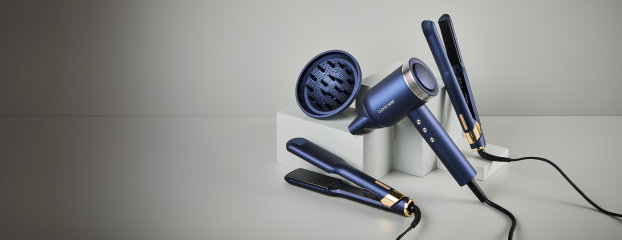
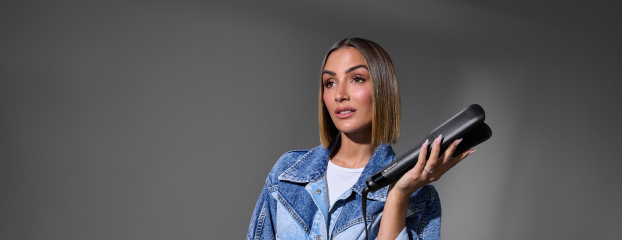
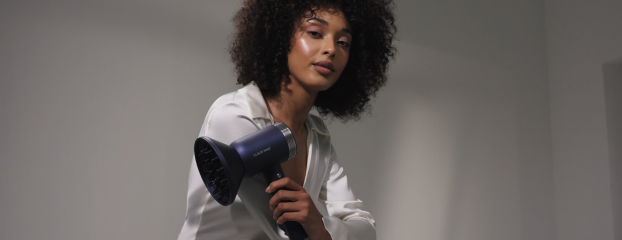
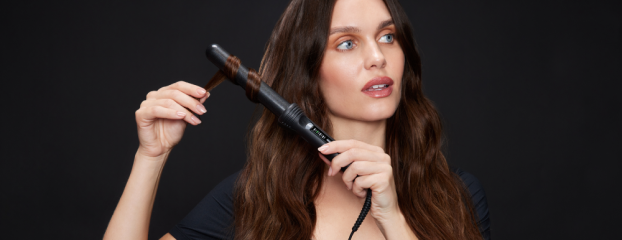
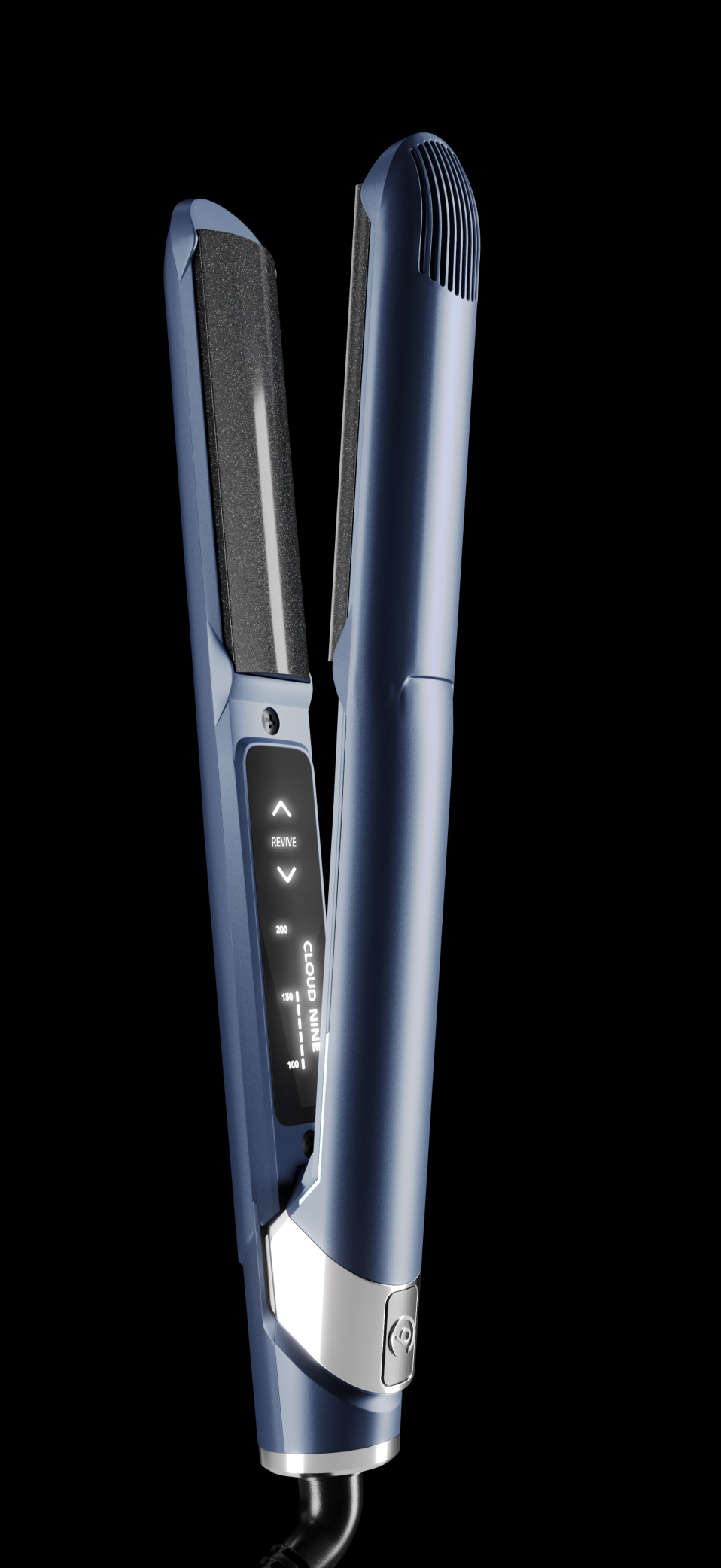
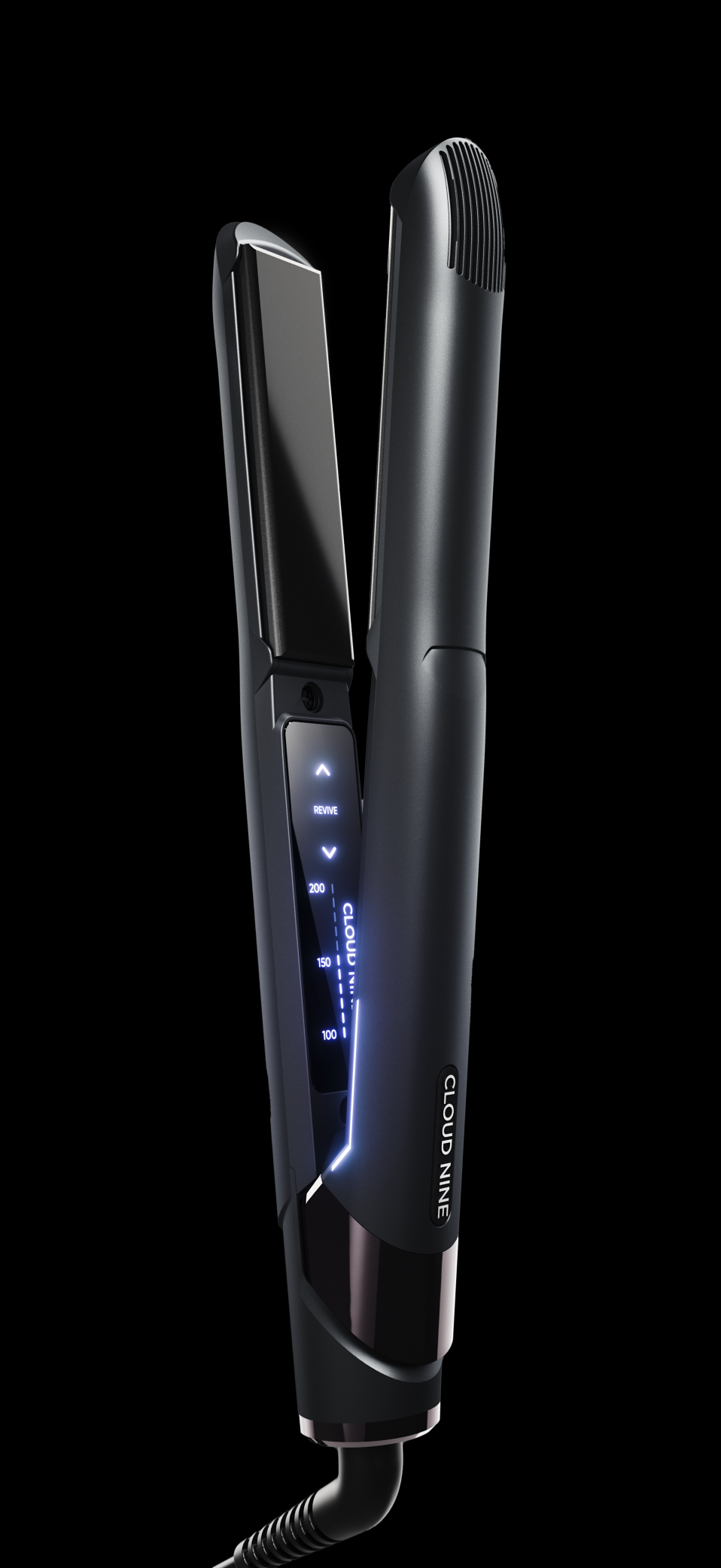
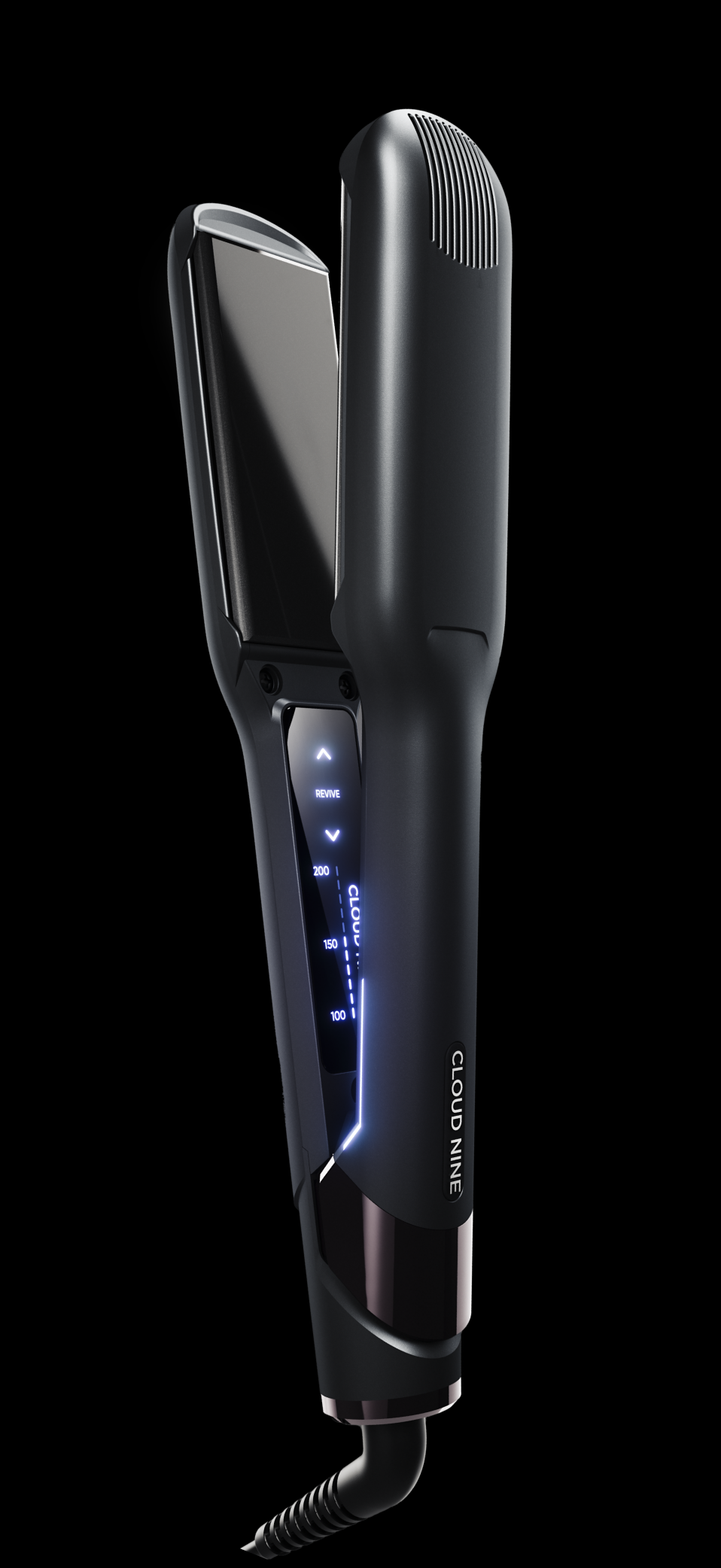
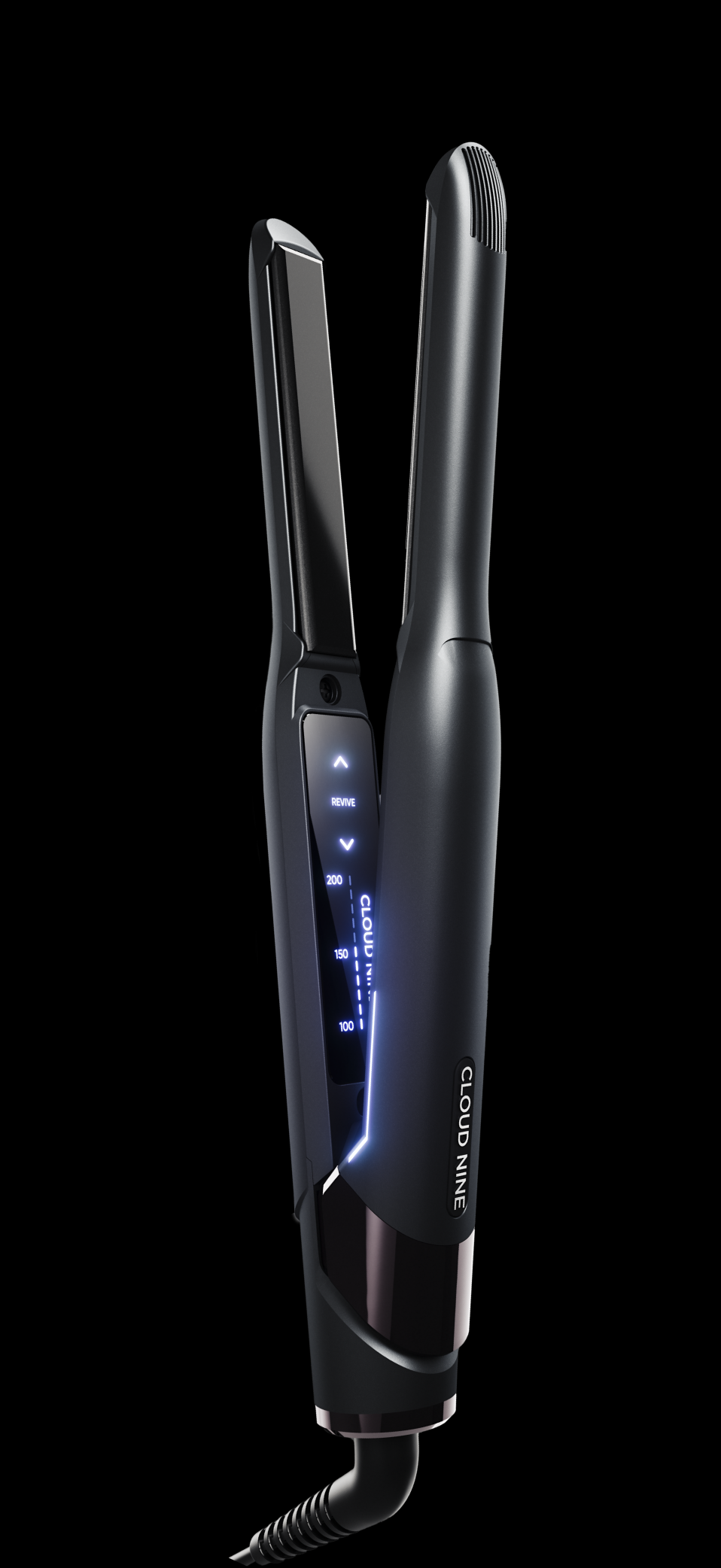
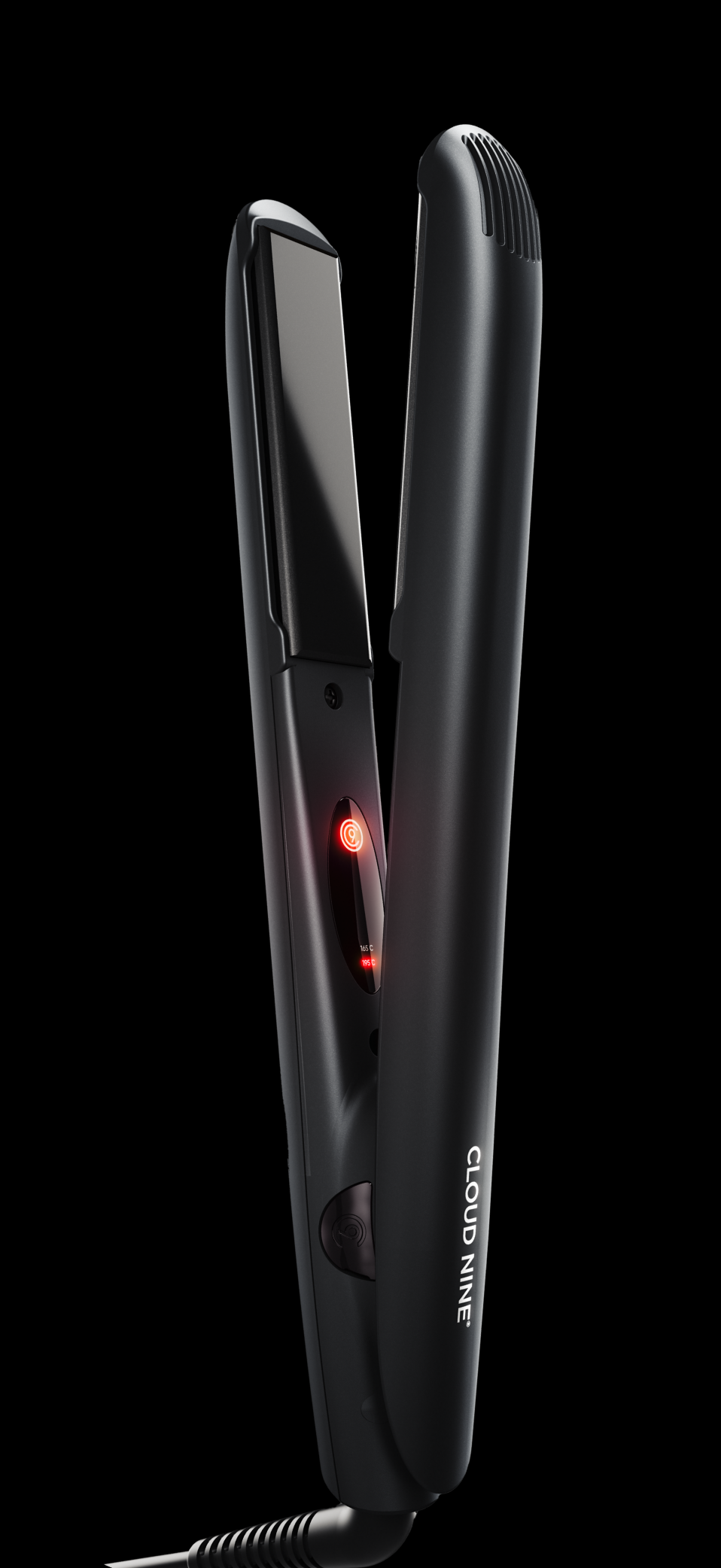
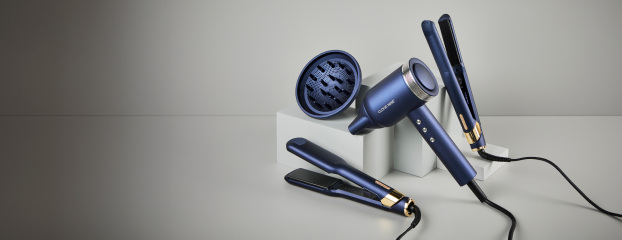
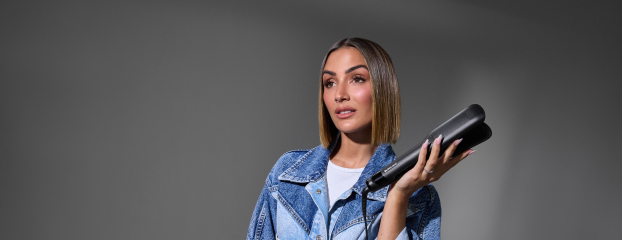
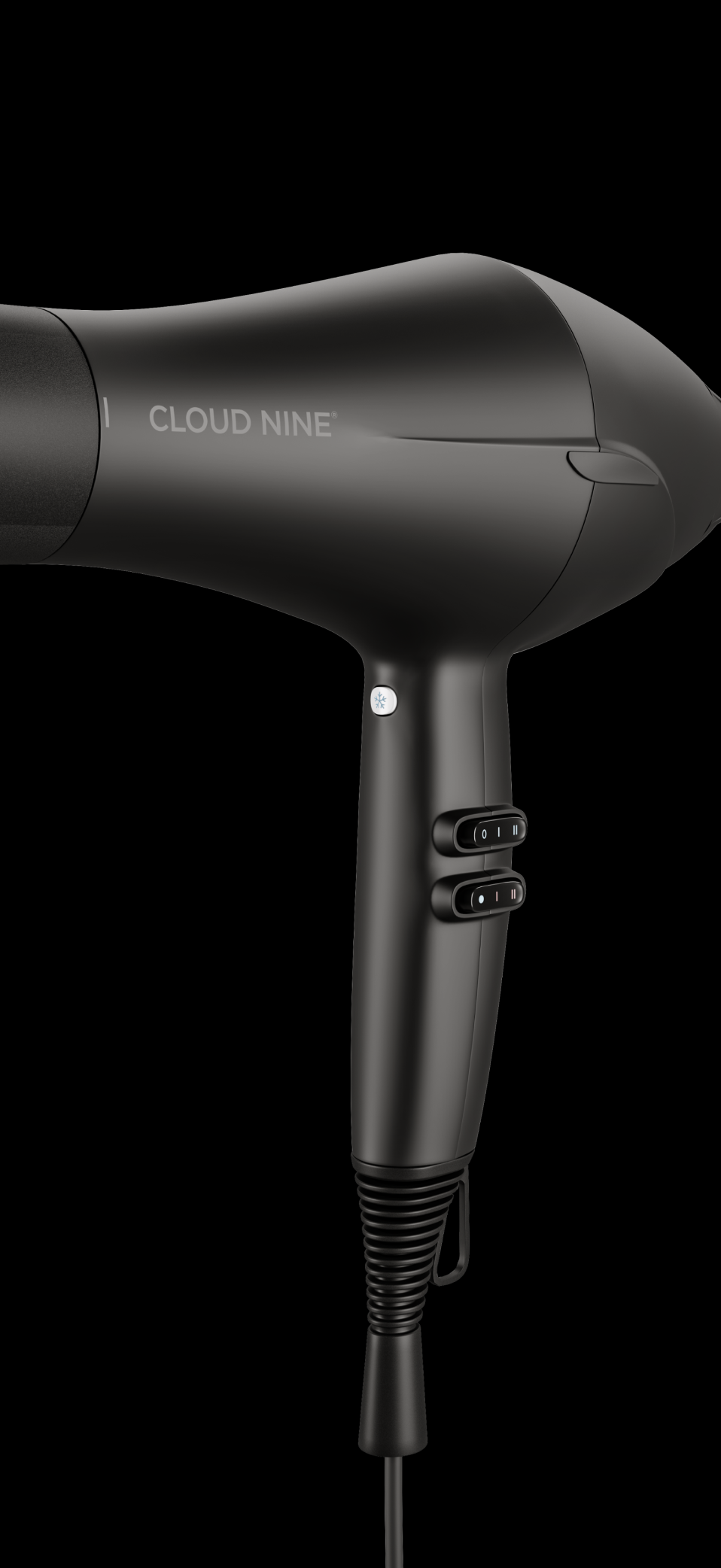
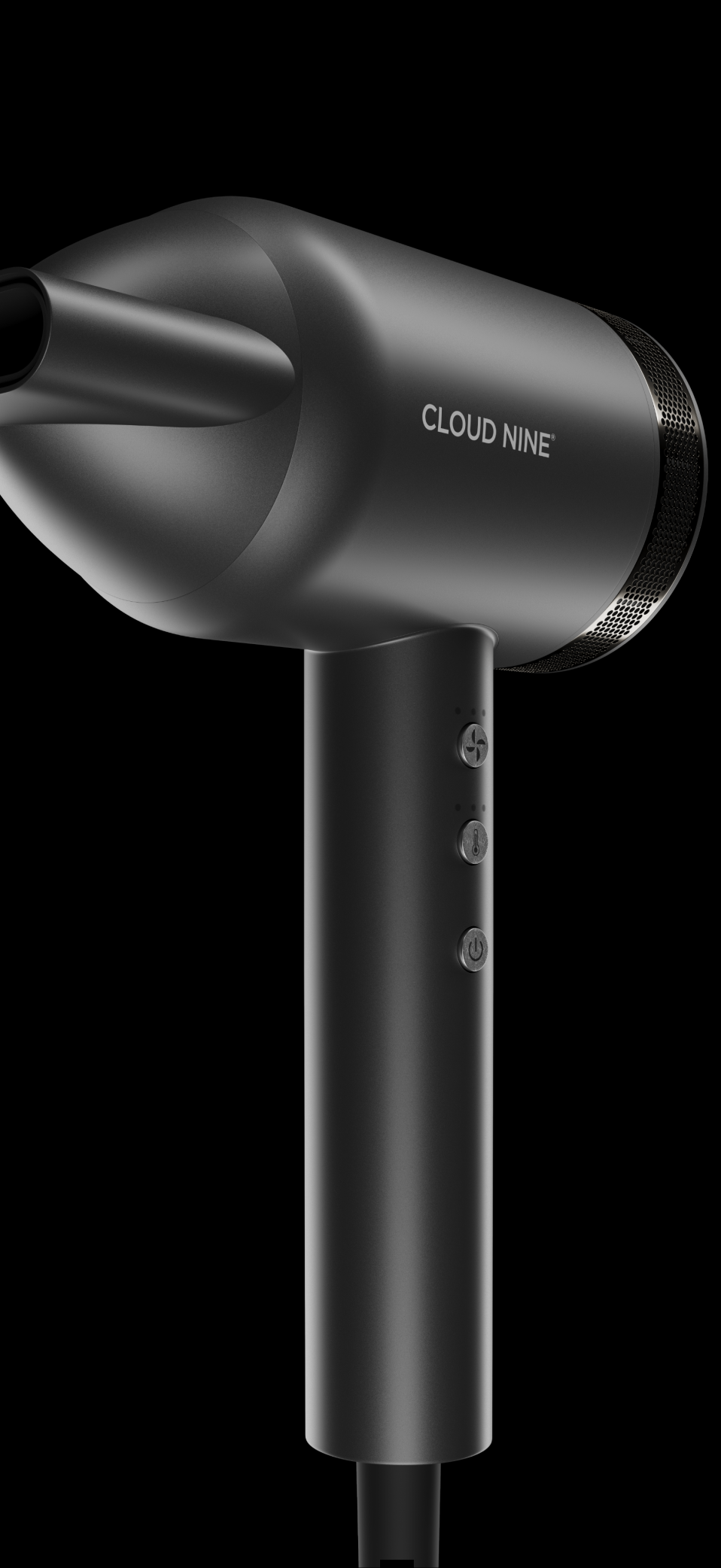
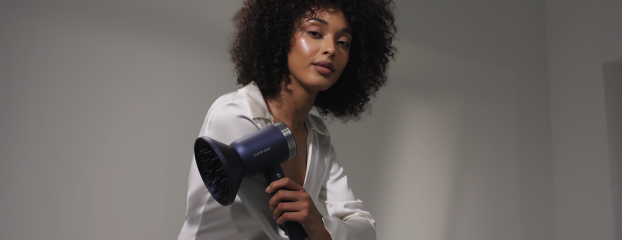
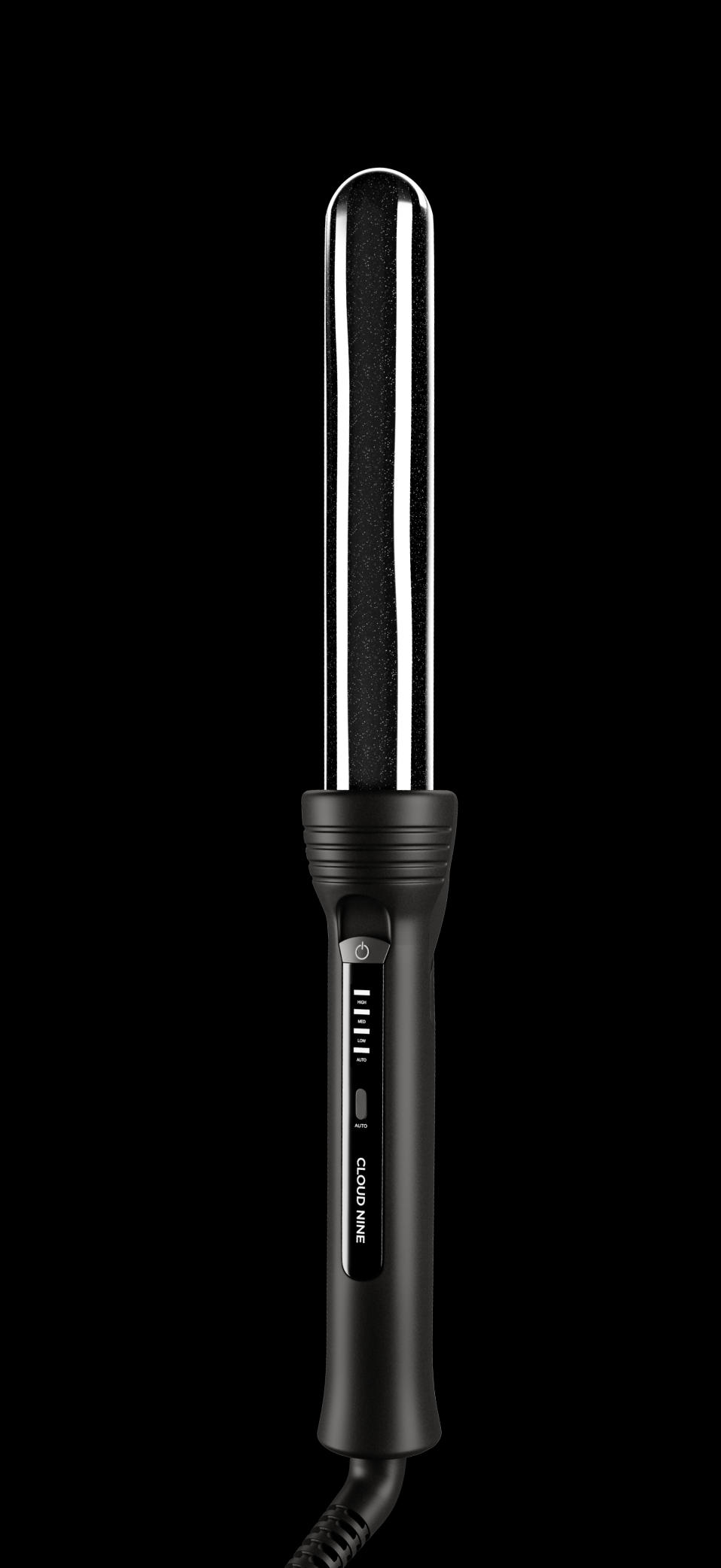
.jpg?v=1689753360732)
